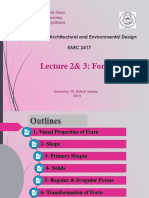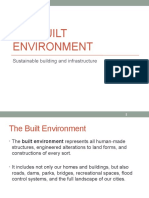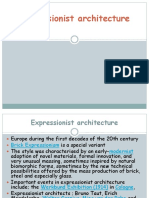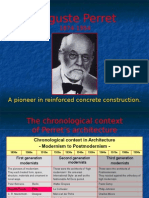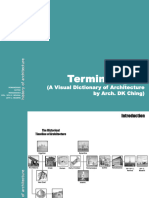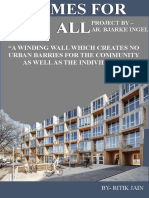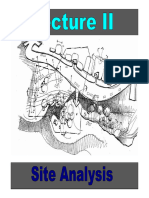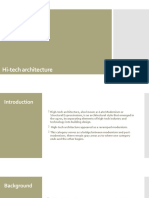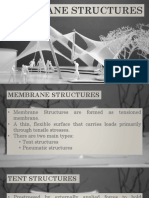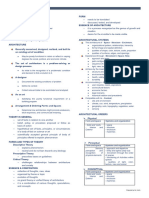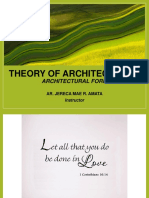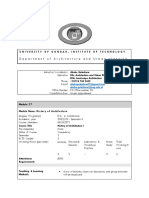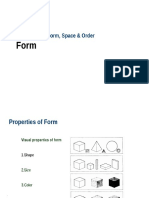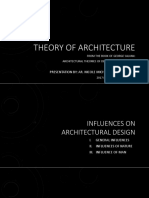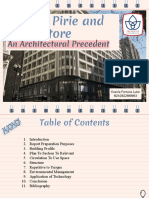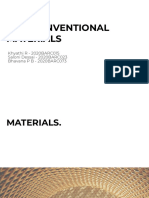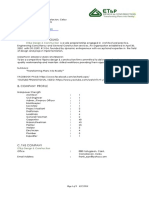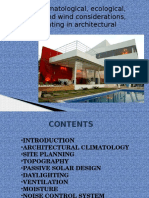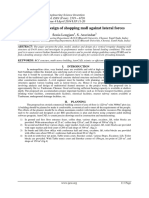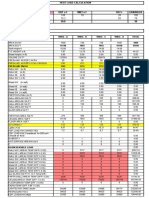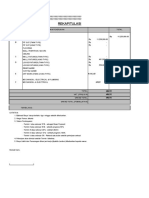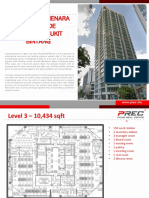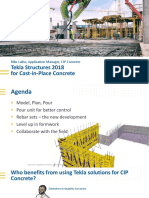0% found this document useful (0 votes)
231 views13 pagesRelation of Form To Structure (Repaired)
The document discusses the relationship between form and structure in architecture. It defines form as the shape and structure of something, distinguishing it from material. Basic forms include cubes, spheres, cylinders, cones, and pyramids. Structure is defined as a stable assembly of elements designed to support and transmit loads safely. Fundamental structural systems include lintels, corbels, arches, and trusses. Structures are also classified as rigid, vector-active, surface-active, or flexible depending on how they redirect forces. The importance of structural thinking in architecture is that it allows buildings to support movement of people and materials as well as mechanical systems like HVAC through optimized structural designs.
Uploaded by
Ar Frank EpeCopyright
© © All Rights Reserved
We take content rights seriously. If you suspect this is your content, claim it here.
Available Formats
Download as DOC, PDF, TXT or read online on Scribd
0% found this document useful (0 votes)
231 views13 pagesRelation of Form To Structure (Repaired)
The document discusses the relationship between form and structure in architecture. It defines form as the shape and structure of something, distinguishing it from material. Basic forms include cubes, spheres, cylinders, cones, and pyramids. Structure is defined as a stable assembly of elements designed to support and transmit loads safely. Fundamental structural systems include lintels, corbels, arches, and trusses. Structures are also classified as rigid, vector-active, surface-active, or flexible depending on how they redirect forces. The importance of structural thinking in architecture is that it allows buildings to support movement of people and materials as well as mechanical systems like HVAC through optimized structural designs.
Uploaded by
Ar Frank EpeCopyright
© © All Rights Reserved
We take content rights seriously. If you suspect this is your content, claim it here.
Available Formats
Download as DOC, PDF, TXT or read online on Scribd
/ 13




